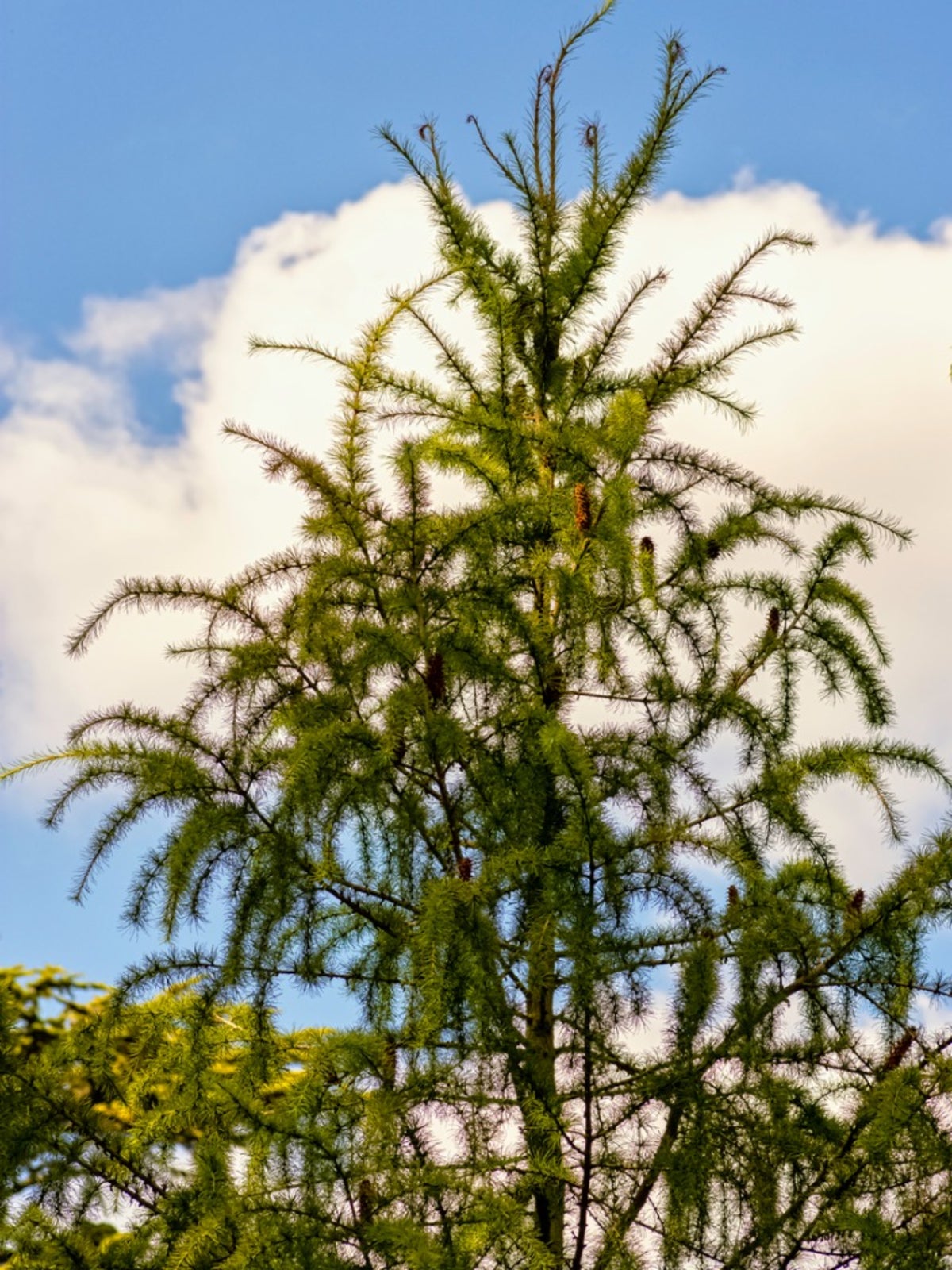Deodar Cedar Info: Tips On Growing Deodar Cedar In The Landscape
Evergreen Deodar cedar trees are perfect in warmer climates for providing winter interest, soft hedges and impressive silhouettes .


Caroline Bloomfield
Deodar Cedar Care - Learn How To Care For A Deodar Cedar Trees
Deodar cedar trees (Cedrus deodara) are not native to this country but they offer many of the advantages of native trees.
Drought tolerant, fast-growing and relatively pest free, these conifers are graceful and attractive specimens for the lawn or backyard. If you are thinking of growing deodar cedar trees, you will find these evergreens perfect for specimens or soft hedges. Read on for more details about deodar cedar care.
Deodar Cedar Info
This airy evergreen cedar tree rises to 50 feet (15 m.) or more when cultivated, and much taller in the wild. It is native to Afghanistan, Pakistan and India, and thrives in the coastal regions of the United States.
Deodar cedar trees grow into a loose pyramid shape, with 2-inch (5 cm.) long whorled needles that give the tree a soft allure. The branches extend almost horizontally, angling slightly down, and the tips rise slightly. Needles of the deodar cedar are a slivery-green, making it a very attractive and popular ornamental.
The trees are either male or female. Males grow the pollen-filled catkins, while females produce the egg-shaped cones.
Growing Deodar Cedar
If you are growing deodar cedar, you’ll want to find out how to care for a deodar cedar tree. First, you need to live in U.S. Department of Agriculture plant hardiness zones 7 through 9 and have plenty of space.
These trees are most beautiful when they keep their lower branches, so it is best to plant them somewhere they will not be disturbed.
Sign up for the Gardening Know How newsletter today and receive a free copy of our e-book "How to Grow Delicious Tomatoes".
Plant deodar cedar trees in an appropriate site for their growing requirements. Find a sunny site with slightly acidic, well-drained soil. The tree also grows in partial shade and accepts sandy, loamy or clay soils. It even tolerates alkaline soil.
How to Care for a Deodar Cedar Tree
Care for a properly planted tree will not take much of your time and energy. Deodar cedar trees are very drought resistant, so if your area gets occasional rainfall, you may not need to irrigate.
Otherwise, provide moderate amounts of water in dry weather. These trees live for a long time with few, if any, pest issues. They require no pruning, other than removing broken or dead branches, and provide maintenance free shade and beauty in your garden.

Teo Spengler is a master gardener and a docent at the San Francisco Botanical Garden, where she hosts public tours. She has studied horticulture and written about nature, trees, plants, and gardening for more than two decades, following a career as an attorney and legal writer. Her extended family includes some 30 houseplants and hundreds of outdoor plants, including 250 trees, which are her main passion. Spengler currently splits her life between San Francisco and the French Basque Country, though she was raised in Alaska, giving her experience of gardening in a range of climates.
- Caroline BloomfieldManager of Marketing Communications